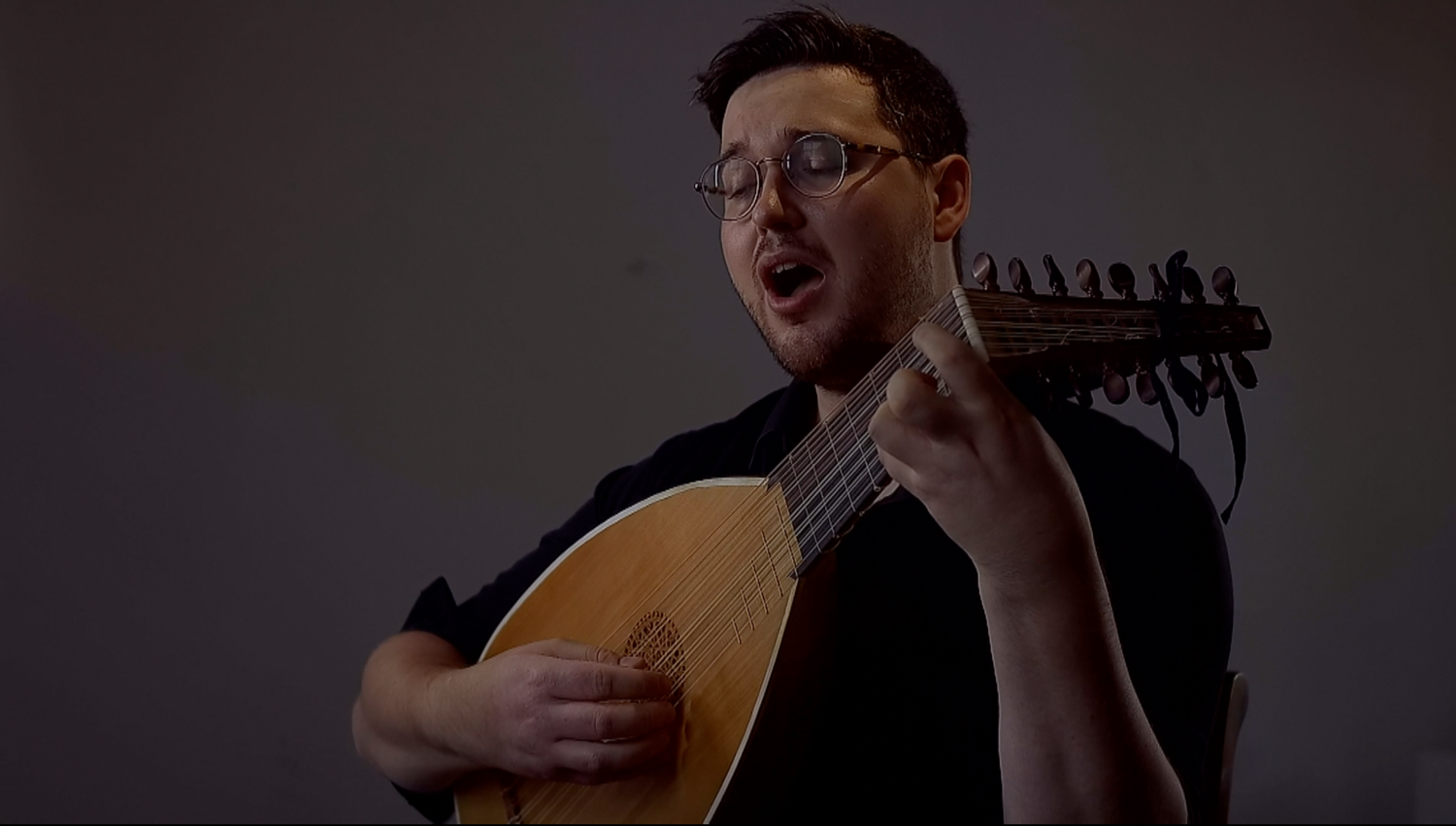Johann Matthias Gesner’s Description of J.S. Bach Directing from the Keyboard (1732)
- Tim Braithwaite

- Feb 3, 2021
- 3 min read
‘To Marcus Pabius Quintilianus You would think but slightly, my dear Fabius, of all these [the accomplishments of the citharists], if, returning from the underworld, you could see Bach (to mention him particularly, since he was not long ago my colleague at the Leipzig St. Thomas School), either playing our clavier [polychordum], which is many citharas in one, with all the fingers of both hands, or running over the keys of the instrument of instruments [organon organorum], whose innumerable pipes are brought to life by bellows, with both hands and, at the utmost speed, with his feet, producing by himself the most various and at the same time mutually agreeable combinations of sounds in orderly procession.
If you could see him, I say, doing what many of your citharists and six hundred of your tibia players together could not do, not only, like a citharist, singing with one voice and playing his own parts, but watching over everything and bringing back to the rhythm and the beat, out of thirty or even forty musicians [symphoniaci], the one with a nod, another by tapping with his foot, the third with a warning finger, giving the right note to one from the top of his voice, to another from the bottom, and to a third from the middle of it - all alone, in the midst of the greatest din made by all the participants, and, although he is executing the most difficult parts himself, noticing at once whenever and wherever a mistake occurs, holding everyone together, taking precautions everywhere, and repairing any unsteadiness, full of rhythm in every part of his body this one man taking in all these harmonies with his keen ear and emitting with his voice alone the tone of all the voices.
Favorer as I am of antiquity, the accomplishments of our Bach, and of any others who may be like him, appear to me to effect what not many Orpheuses, nor twenty Arions, could achieve’
‘Haec omnia, Fabi, paucissima esse diceres, si videre tibi ab inferis excitato contingeret, Bachium, vt hoc potissimum vtar, quod meus non ita pridem in Thomano Lipsiensi collega fuit: manu vtraque et digitis omnibus tractantem vel Polychordum nostrum, multas vnum citharas complexum, vel organon illud organorum, euius infinitae numero tibiae follibus animantur, hinc manu vtraque, illic velocissimo pedum ministerio percurrentem, solumque elicientem plura diuersissimorum, sed eorundem consentientium inter se sonorum quasi agmina:
hunc, inquam, si vederes, dum illud agit, quod plures citharistae vestri, et sexcenti tibicines non agerent, non vna forte voce canentem citharoedi instar, suasque peragentem partes, sed omnibus eundem intentum, et de xxx vel xxxx adeo symphoniacis, hunc nutu, alterum supplosione pedis, tertium digito minaci reuocantem ad rhythmos et ictus; huic summa voce, ima alii, tertio media praeeuntem tonum, quo vtendum sit, vnumque adeo hominem, in maximo concinentium strepitu, cum difficillimis omnium partibus fongatur, tamen eadem statim animaduertere, si quid et vbi discrepet, et in ordine continere omnes, et occurrere vbique, et si quid titubetur restituere, membris omnibus rhythmicum, harmonias vnum omnes arguta aure metientem, voces vnum omnes, angustis vnis faucibus edentem.
Maximus alioquin antiquitatis fautor, multos vnum Orpheas et viginti Arionas complexum Bachium meum, et si quis illi similis sit forte, arbitror.’
*Notes*
Marcus Fabius Quintilianus, De Institutione Oratoria, ed. Johann Matthias Gesner (Gottingen: Abram Vandenhoeck, 1738). Translation from Hans T David, Arthur Mendel, and Christoph Wolff, The New Bach Reader : A Life of Johann Sebastian Bach in Letters and Documents (New York: W.W. Norton, 1999).
The image below is the frontispiece of the Johann Gottfried Walther’s Musicalisches Lexicon (1732), and shows an anonymous composer directing the performance of a cantata.
Johann Gottfried Walther, Musicalisches Lexicon (Leipzig: Wolffgang Deer, 1732).





Comments